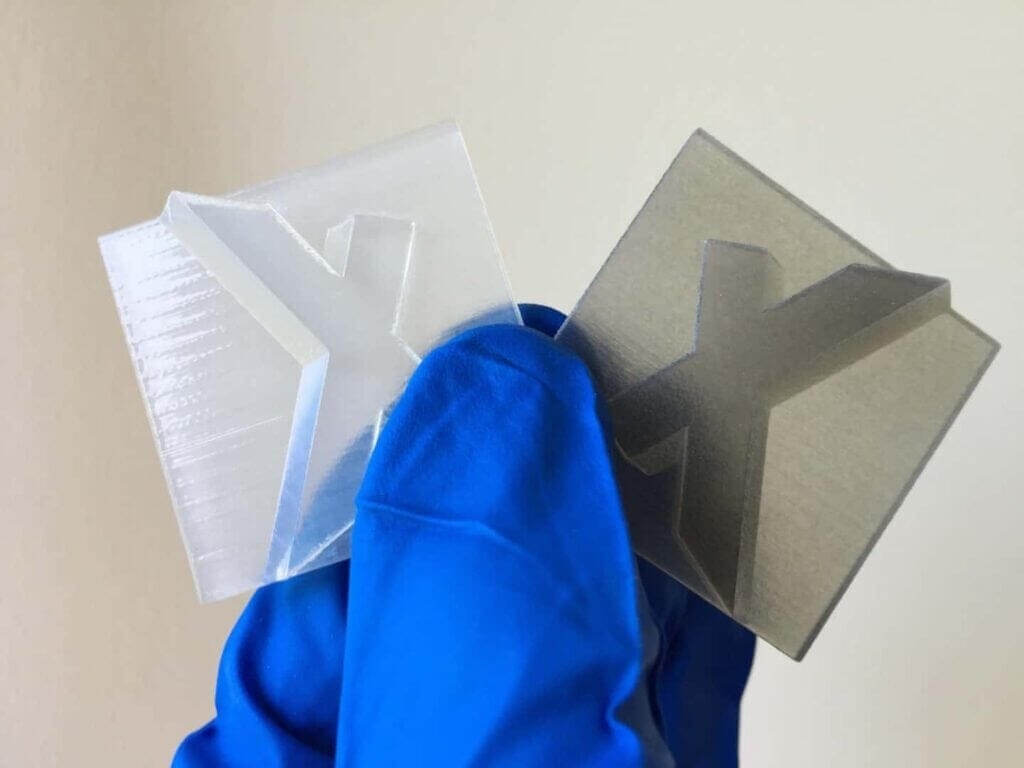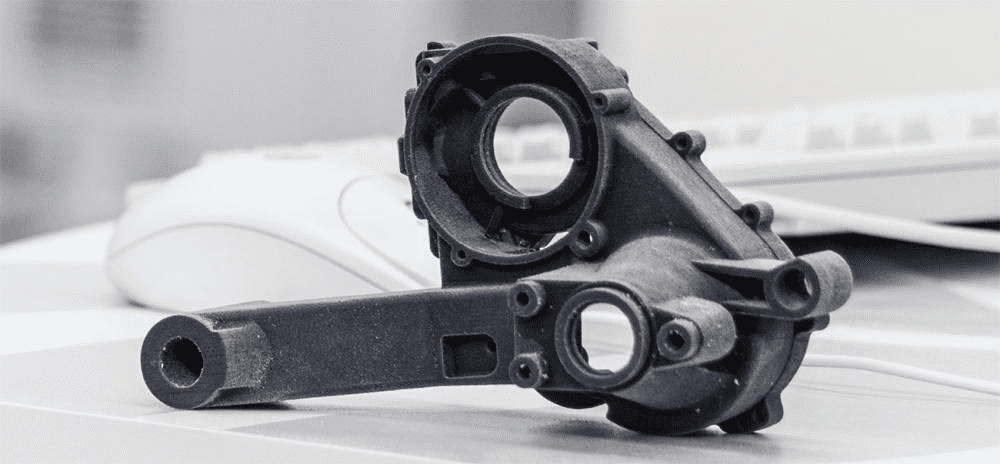Why Polyjet 3D Printing is Important
This article summarizes everything you need to know about Polyjet 3D printing technology: how it works, what materials it is compatible with, and the advantages and limitations of Polyjet 3D printing technology.
Polyjet is a rigid photopolymer 3D printing technology that works by jetting UV-curable resin onto a build tray, a process somewhat similar to inkjet printing. Polyjet 3D printing offers one of the most advanced industrial 3D printing solutions, capable of producing parts with incredible precision and speed. Polyjet is known for its speed and excellent surface finish. It is also capable of printing multiple materials simultaneously.
1.How does Polyjet technology work?
The process involves using UV light to cure liquid photopolymer material layer by layer to create a part. The process is similar to an inkjet printer. The jetting consists of multiple print heads that eject photopolymer resin. These multiple print heads can store different materials, as well as different colors of material.
The Polyjet 3D printing process follows these main steps:
Step 1
The jet head slides back and forth along the X-axis and back and forth along the Y-axis according to the CAD data, depositing a layer of build material (usually photopolymer) onto the build platform. The depth of each layer is selectively controlled by the software.
Step 2
As soon as these droplets of liquid photopolymer are ejected, they are immediately cured and hardened by two UV lamps on either side of the jet head.
Step 3
When a layer of photopolymer is cured, the build platform is lowered in the Z direction to accommodate the next layer.
Step 4
The next layer of photopolymer is ejected from the print head and the process is repeated until the object is complete.
Step 5
The part is completed by removing the support structures, and if any further operations are required, they are performed during post-processing.
Because there are multiple print nozzles, different materials can be printed at once like a batch. An example of this feature is a part that requires support structures, where the support material is built simultaneously with the main material, which is not possible with other technologies, which build the support structures first and are time consuming.
2.Polyjet 3D Printing Materials
Among Polyjet’s most commonly used materials, Xavier offers rigid photopolymers in three colors (black, gray, white).

3.Advantages of Polyjet 3D Printing
Polyjet is one of the most reliable, precise, and fastest methods for prototyping, small-batch production, and industrial-level applications. It has a range of unique advantages.
1) Parts can be printed in multiple materials and multiple colors
The main advantage of Polyjet is its ability to print parts in multiple materials and multiple colors. Since its multiple print heads can store different materials and different colors in their print nozzles, they can print multiple materials at the same time, including the ability to mix different materials to create graded properties (for example, a gradient from rigid photopolymer to rubber-like photopolymer to obtain a part with gradually increasing flexibility). The process also allows for simulated overmolding to achieve features such as non-slip surfaces and rubber grips.
2) Easy and fast mass production
Another advantage of multi-jet printing is the ease of mass production of parts. It can print 20 objects at once, whereas it would take a lot of time to print one object using similar technologies like FDM or SLA.
3) Smooth Surface Finish
Unlike many other 3D printing processes like FDM or SLS, PolyJet produces parts with smooth surfaces that look and feel like the final product. This is due to a combination of PolyJet’s thin layer height and the quality of the resin itself. It is a great choice for tangible objects such as joysticks, camera accessories, etc.
4) Excellent Dimensional Accuracy and Resolution
With dimensional accuracy up to 0.1-0.3 mm and layer resolution up to 16 microns, Polyjet is one of the top technologies in terms of accuracy and resolution. It is a good choice for prototypes, accurately displaying features in HD format to provide a good overview.
5) Suitable for Complex Designs
Despite the support structure, Polyjet is well suited for complex designs because it uses resin, unlike its counterparts like SLS and MJF, which use powder. The use of resin provides fluidity to the design, which helps to achieve complex designs and intricate internal features.
6) Reduced material waste
Since Polyjet printers print by depositing and curing photopolymer resins, they do not use powder and are prone to waste like MJF or SLS. If the model is designed properly, support structures can also be eliminated.
4.Disadvantages of Polyjet 3D Printing
In addition to the advantages it provides, Polyjet also has some common disadvantages.
1) Expensive technology
Compared with cheaper materials such as MJF and FDM, which are also widely used to build prototypes, Polyjet is expensive.
2) Use of support structures
Using support structures does not affect the complexity of the design, but removing support structures will leave marks on the surface. Support materials can also change the surface quality. For example, without support, you can get a smooth surface, while with support, the surface appears dull and rough.
3) Limited printable materials
Polyjet printing does not offer a wide selection of printing materials like FDM. Even when using resin, it only uses photoresins, which makes the technology very limited in terms of build materials.

1 Comment